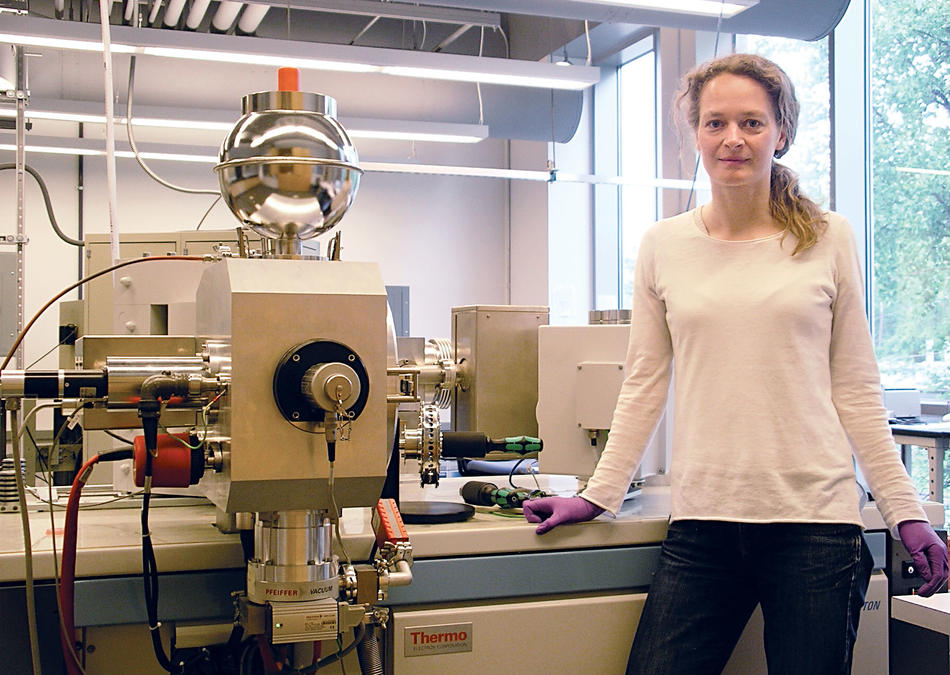Columbia geochemists have estimated past carbon dioxide levels in the Earth’s atmosphere in the sharpest detail ever by analyzing the shells of single-celled plankton buried under the Atlantic Ocean.
The researchers show that peak CO2 levels over the last 2.1 million years averaged only 280 parts per million, whereas today CO2 is at 385 parts per million, or, 38 percent above average. The study, which appeared in the June 19 issue of the journal Science, was led by Bärbel Hönisch, a geochemist at Columbia’s Lamont-Doherty Earth Observatory.
Hönisch and her colleagues reconstructed CO2 levels by dating plankton shells off the coast of Africa and measuring their boron isotopes. The idea to approximate past carbon dioxide levels using boron, an element released by erupting volcanoes and used in household soap, was pioneered over the last decade by the paper’s coauthor, Gary Hemming, a researcher at Lamont-Doherty. The scientists were able to estimate how much CO2 was in the air when the plankton were alive because the chemical composition of the dead sea creatures serves as a proxy for seawater pH, which is linked to atmospheric gas. This method allowed them to see further back in history than have previous analyses of polar ice cores, which date back only 800,000 years.
Interestingly, the Science paper is the latest to rule out the possibility that a series of long and intense ice ages that began about 850,000 years ago can be explained by drops in atmospheric carbon dioxide. “Previous studies indicated that CO2 did not change much over the past 20 million years,” says Hönisch, “but the resolution wasn’t high enough to be definitive. This new study tells us that CO2 was not the main trigger.”
A second theory to explain the changes that occurred 850,000 years ago in the Earth’s climate cycles suggests that glaciers in North America stripped away soil in Canada, causing thicker, longer-lasting ice to build up on bedrock. A third theory argues that scientists have miscalculated the lengths of ice ages and that they did not actually get any longer or intensify.
Nevertheless, Hönisch and other scientists say that the low CO2 levels that she and her research team outlined over the past 2.1 million years reveal modern-day CO2 levels as even more anomalous, and thus dangerous.
“We know from looking at much older climate records that large and rapid increase in CO2 about 55 million years ago caused large extinction in bottom-dwelling ocean creatures, and dissolved a lot of shells as the ocean became acidic,” says Richard Alley, a glaciologist at Pennsylvania State University, who was not involved in the research. “We’re heading in that direction now.”



